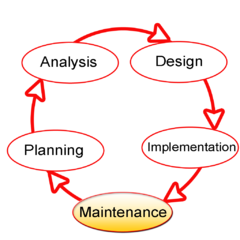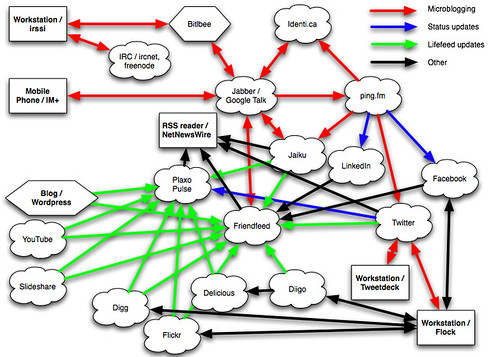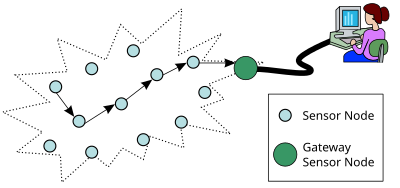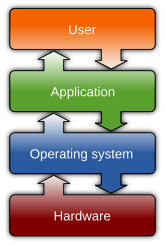.Net Framework Security
.NET has its own security mechanism with two general features: Code Access Security (CAS), and validation and verification. Code Access Security is based on evidence that is associated with a specific assembly. Typically the evidence is the source of the assembly (whether it is installed on the local machine or has been downloaded from the intranet or Internet). Code Access Security uses evidence to determine the permissions granted to the code. Other code can demand that calling code is granted a specified permission. The demand causes the CLR to perform a call stack walk: every assembly of each method in the call stack is checked for the required permission; if any assembly is not granted the permission a security exception is thrown. however, has to split the application into subdomains; it is not done by the CLR.

Code Access Security (CAS), in the Microsoft .NET framework, is Microsoft's solution to prevent untrusted code from performing privileged actions. When the CLR loads an assembly it will obtain evidence for the assembly and use this to identify the code group that the assembly belongs to. A code group contains a permission set (one or more permissions). Code that performs a privileged action will perform a code access demand which will cause the CLR to walk up the call stack and examine the permission set granted to the assembly of each method in the call stack. The code groups and permission sets are determined by the administrator of the machine who defines the security policy.
Power point Presentation on .net Framework Security

















